Yellowhead Butterflyfish
$49.99
-
Select Variant
The Yellowhead Butterflyfish is an uncommon butterflyfish with a distinct appearance. It has a huge amount of white that beautifully highlights its yellow head. It is closely related to Saddleback Butterflyfish (Chaetodon ephippium) and the Yellowhead Butterflyfish originates in the Western Indian Ocean, ranging across East Africa to Sri Lanka and the Maldives, where it is found in the coral-rich reefs that are protected at 20 meters deep.
This Yellowhead Butterflyfish is easily identifiable by its distinctive pearl-white body coloring and golden yellow Halo that carefully defines the fish's perimeter. Apart from its colorful and distinctive color scheme it also has a striking color pattern. Yellowhead Butterflyfish sports beautiful gray-blue patterns of chevron. It's a gorgeous and unique butterflyfish guaranteed to appeal to every enthusiast of marine aquariums or collectors.
This Yellowhead Butterflyfish will do best in a 125-gallon or greater aquarium that has a large volume of living rock as well as ample swimming space. The ideal setup is a mature, fish-only-with-live-rock (FOWLR) system with excellent water quality and brisk water movement, housing other similar-sized peaceful fish.
Yellowhead Butterflyfish live in solitude in nature. They are known to show territorial behavior towards their conspecifics, as well as other butterflyfish species. Only one specimen can be kept in an aquarium, unless it is introduced into the aquarium in the same time as two females and a male. Yellowhead Butterflyfish should not be used for reef aquariums as they can eat the stony corals, some soft corals, as well as invertebrate species living on a rock.
Like the other Butterflyfish, Yellowhead Butterflyfish may require additional "TLC" to help them adjust to their home reef aquarium. Food intake of Yellowhead Butterflyfish should include various meaty meals, such as dried, fresh, flake, or frozen foods. In addition, you should provide regular vegetables as food sources and vitamin-boosting supplements.
Approximate Purchase Size: Small: 1" to 2", Medium: 2-1/4" to 3-1/2", Large: 3-1/2" to 4-3/4".
- Description
- Additional Information
- Reviews
Yellow Head Butterflyfish Description
The Yellow Head Butterflyfish has an oval-shaped body that is pale in color with fins that are yellow. Six thin horizontal lines are visible across its midsection. Its snout is yellow and is long and protruding to dig small organisms out of crevices in live rock.
This butterflyfish species is a moderately tough fish when it begins to eat in captivity. However, it can differ in individuals. They must be kept with peaceable tank mates and have plenty of swimming space within the tank. They can be added to the tanks if they are done in tandem and could be kept alongside other species of butterflyfish. A tank that is equipped and has plenty of rocks for food and shelter is ideal. It will nip coral and invertebrates, and is not reef safe.
Yellow Head Butterflyfish Diet
In order to start feeding, give an assortment of frozen meals such as mysis shrimp enhanced brine shrimp.
size
Large, Medium, Small
Units
1
Weight
6 lbs
Dimensions
1 × 1 × 1 in

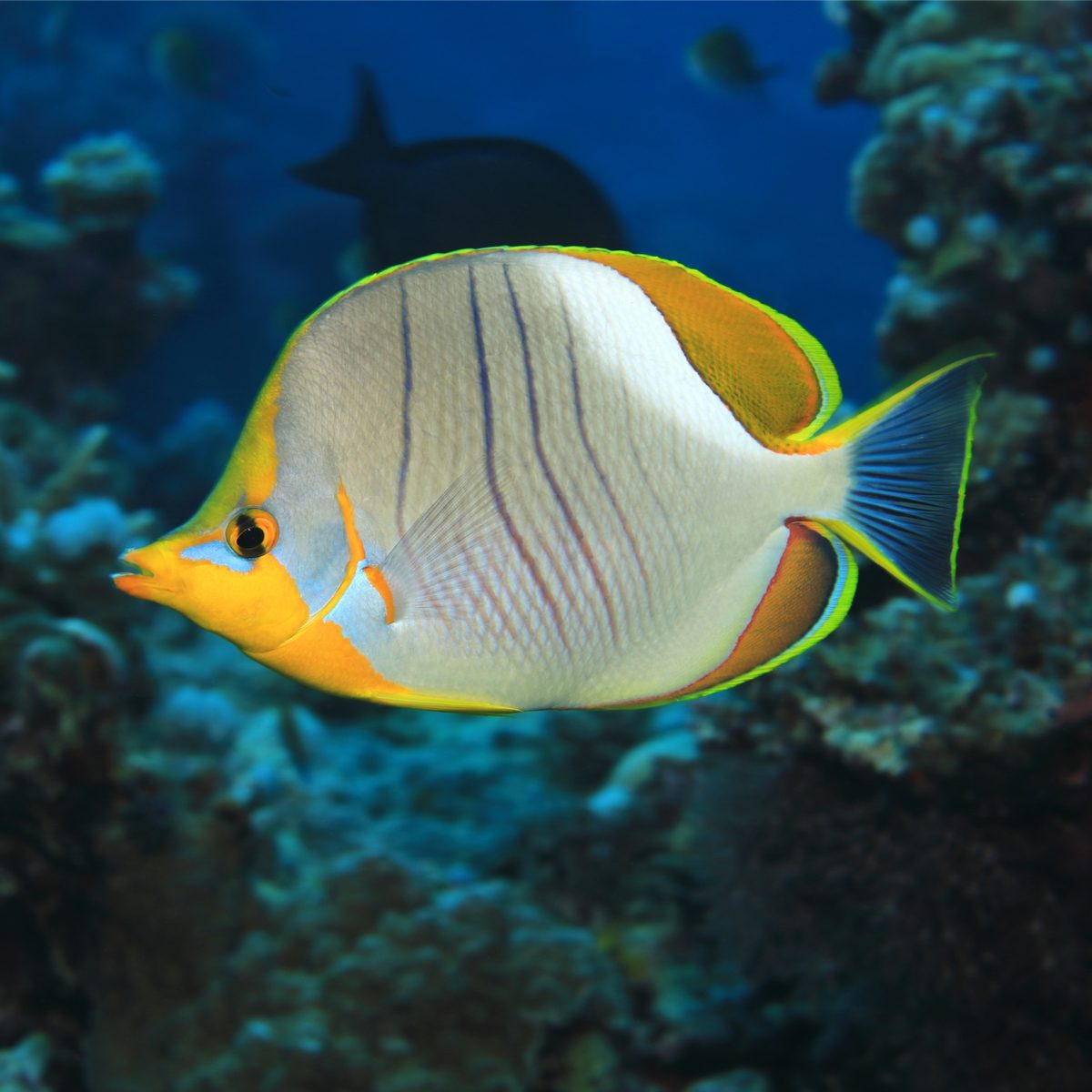
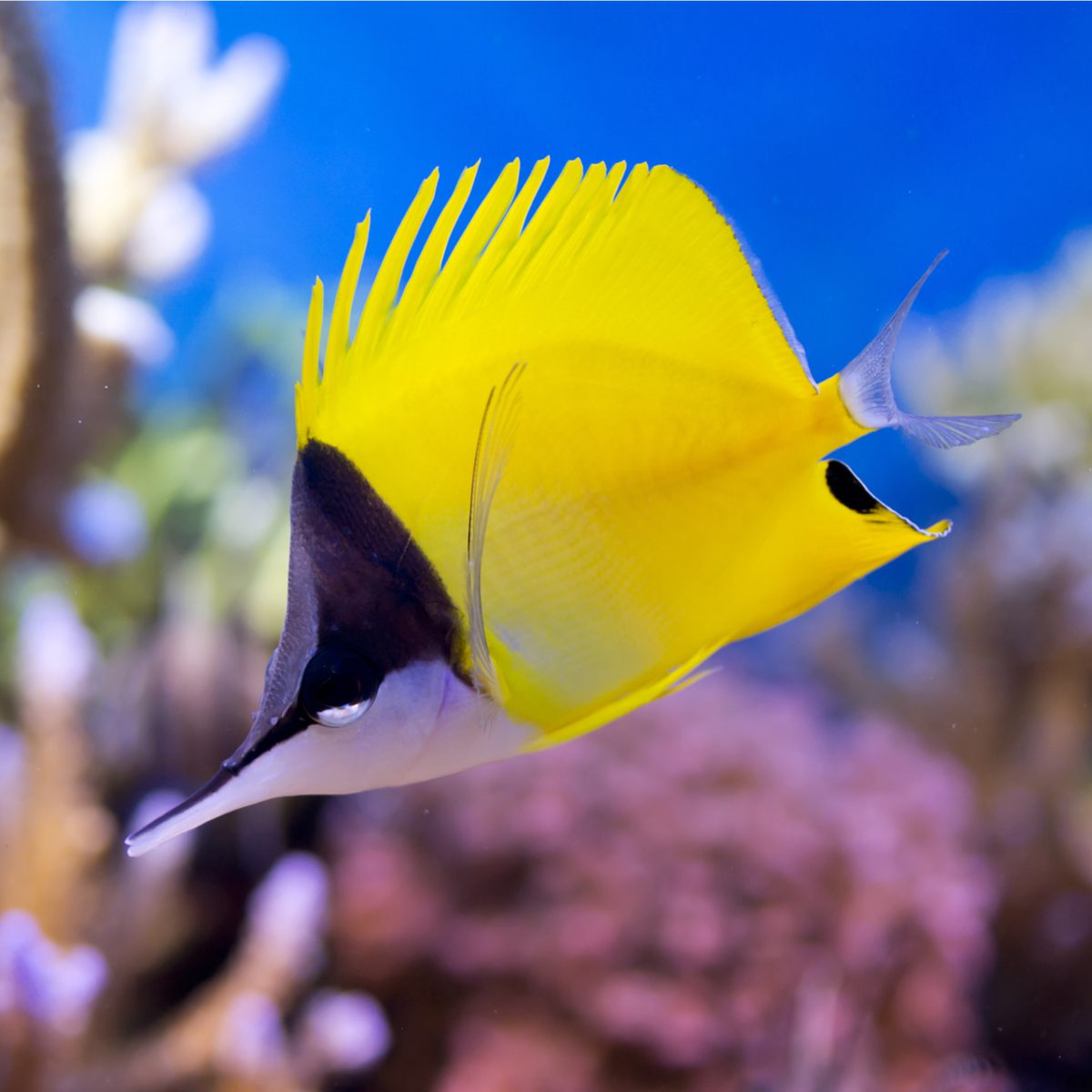
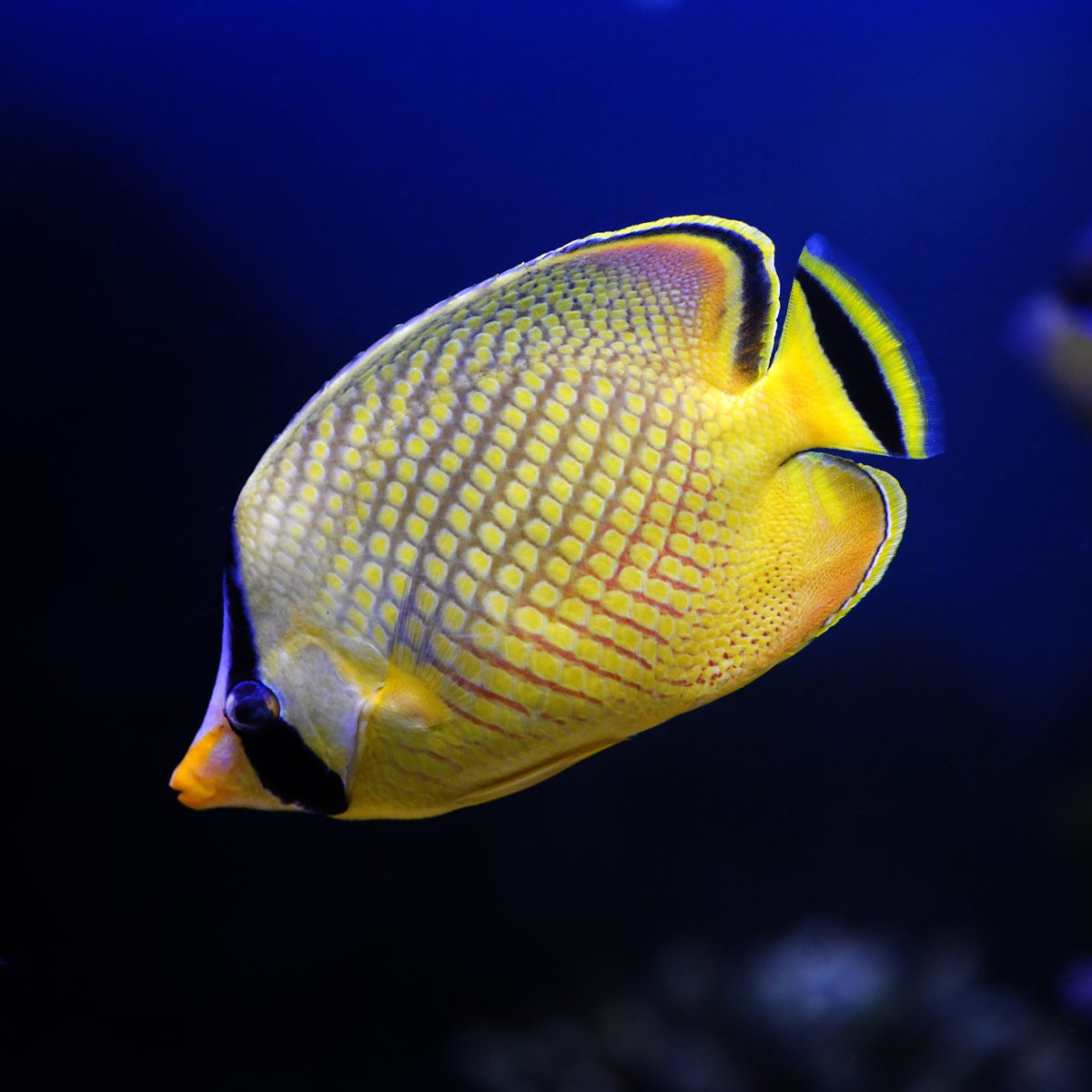
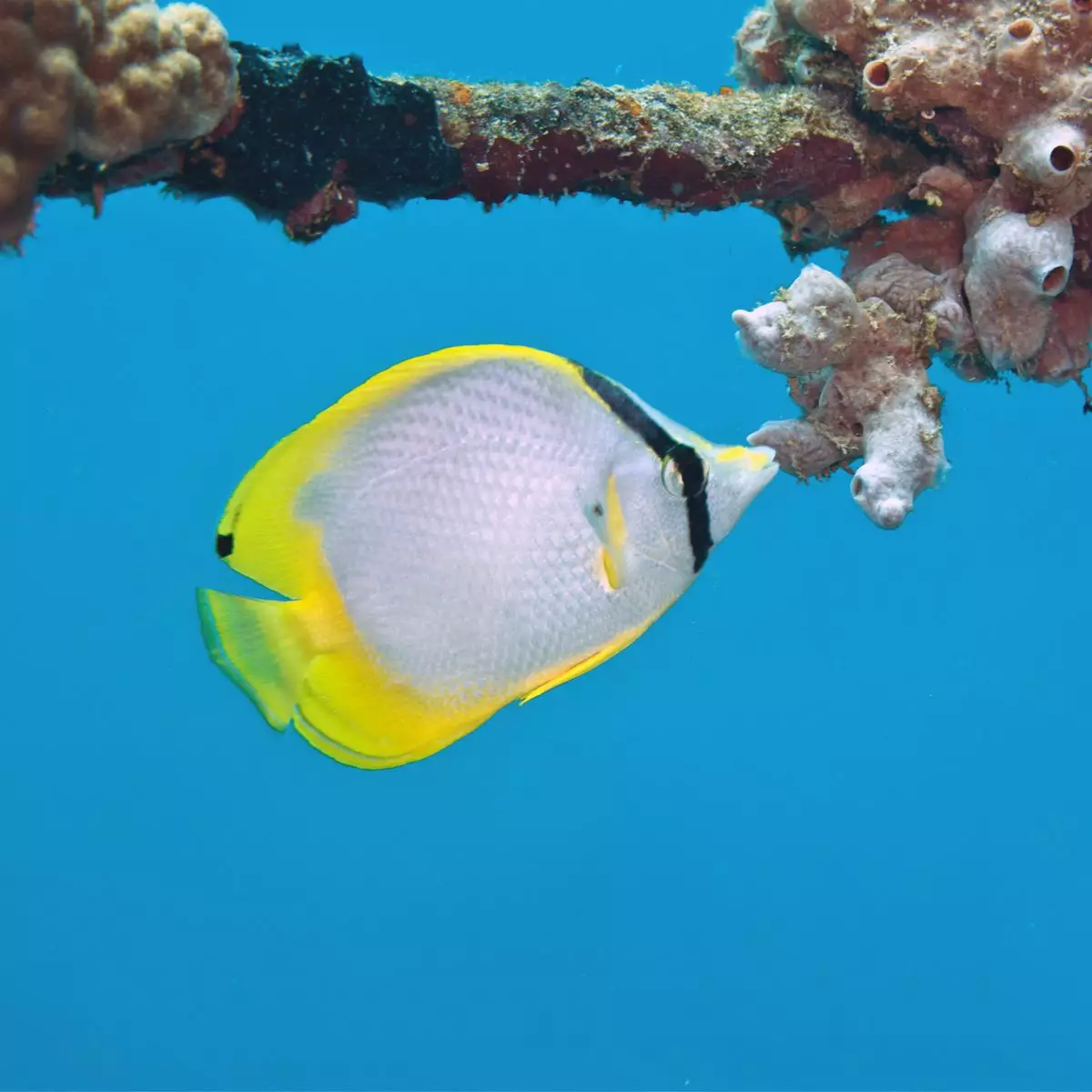
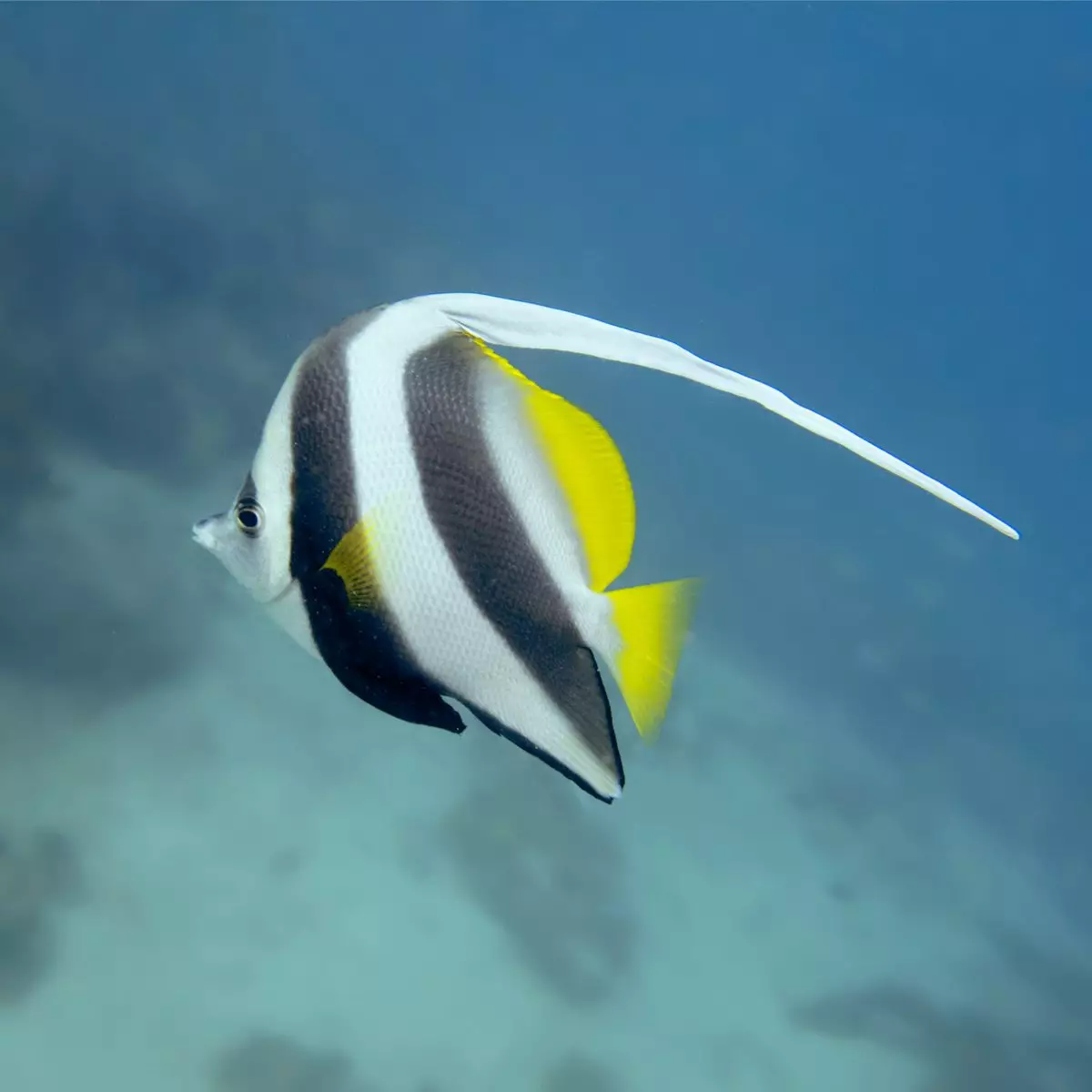
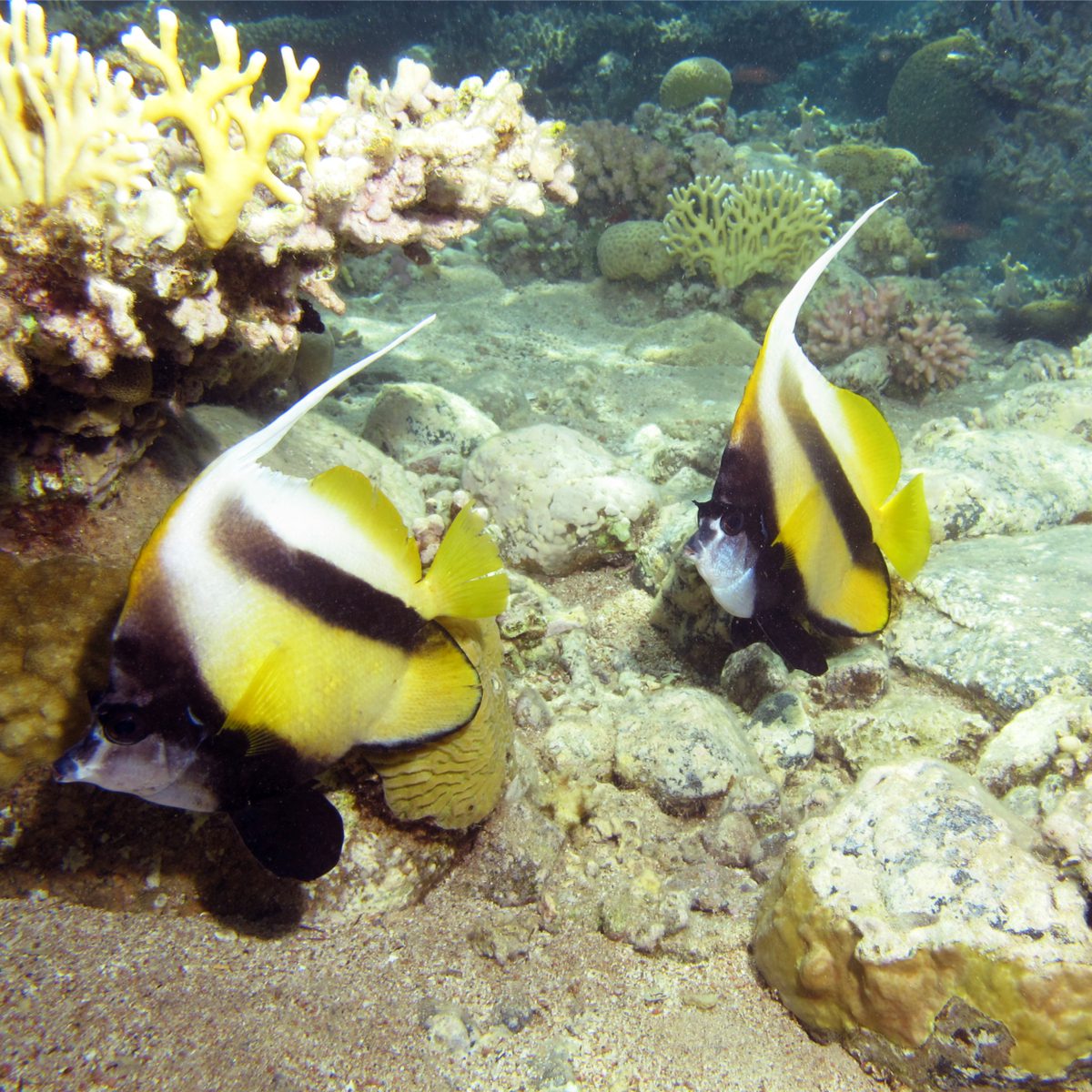
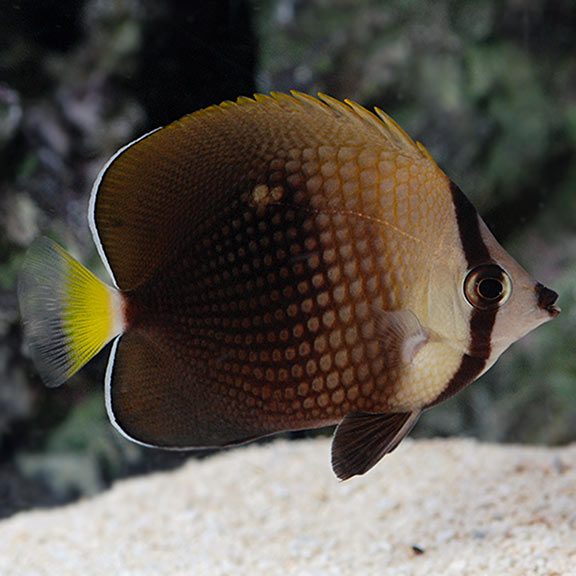
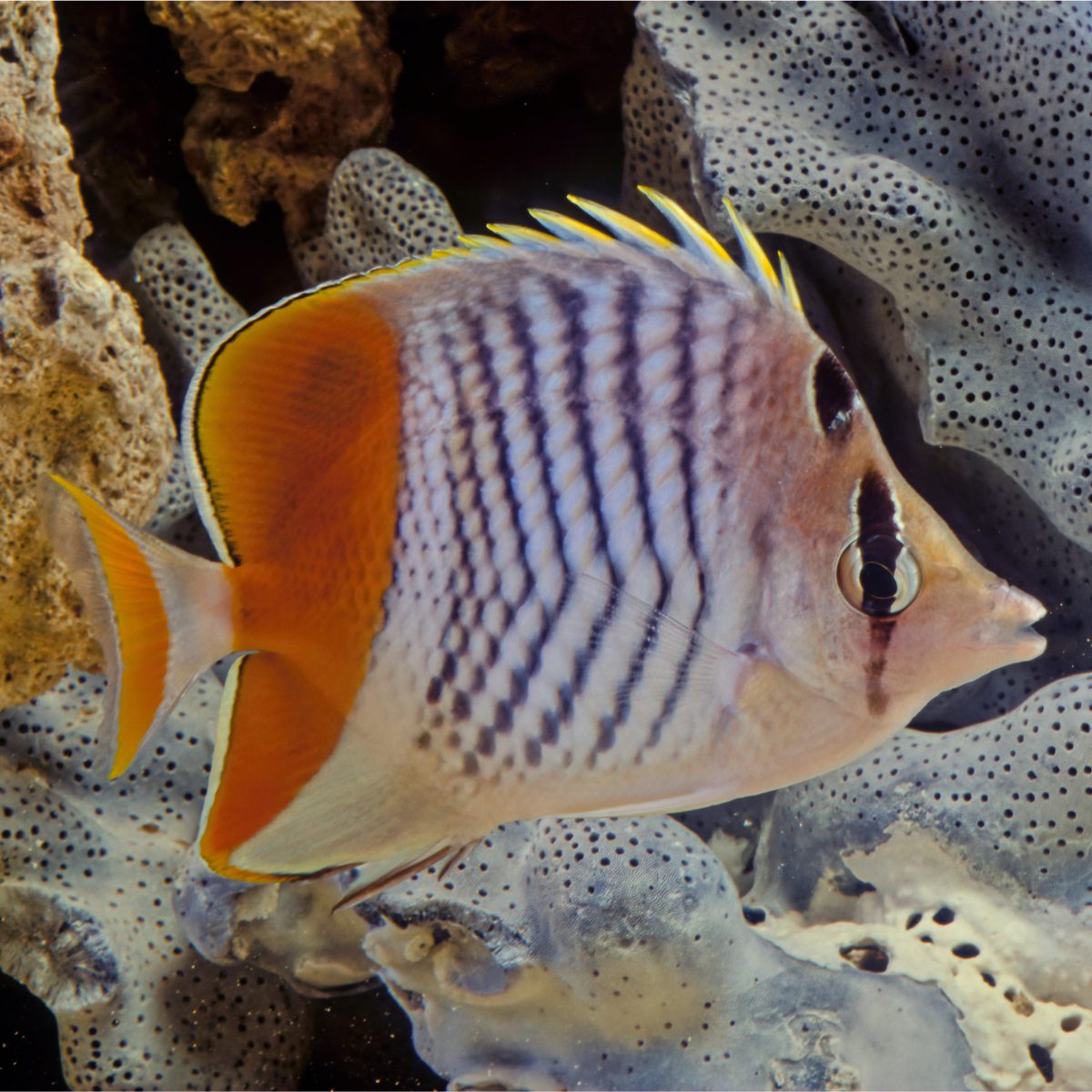

Reviews
There are no reviews yet.